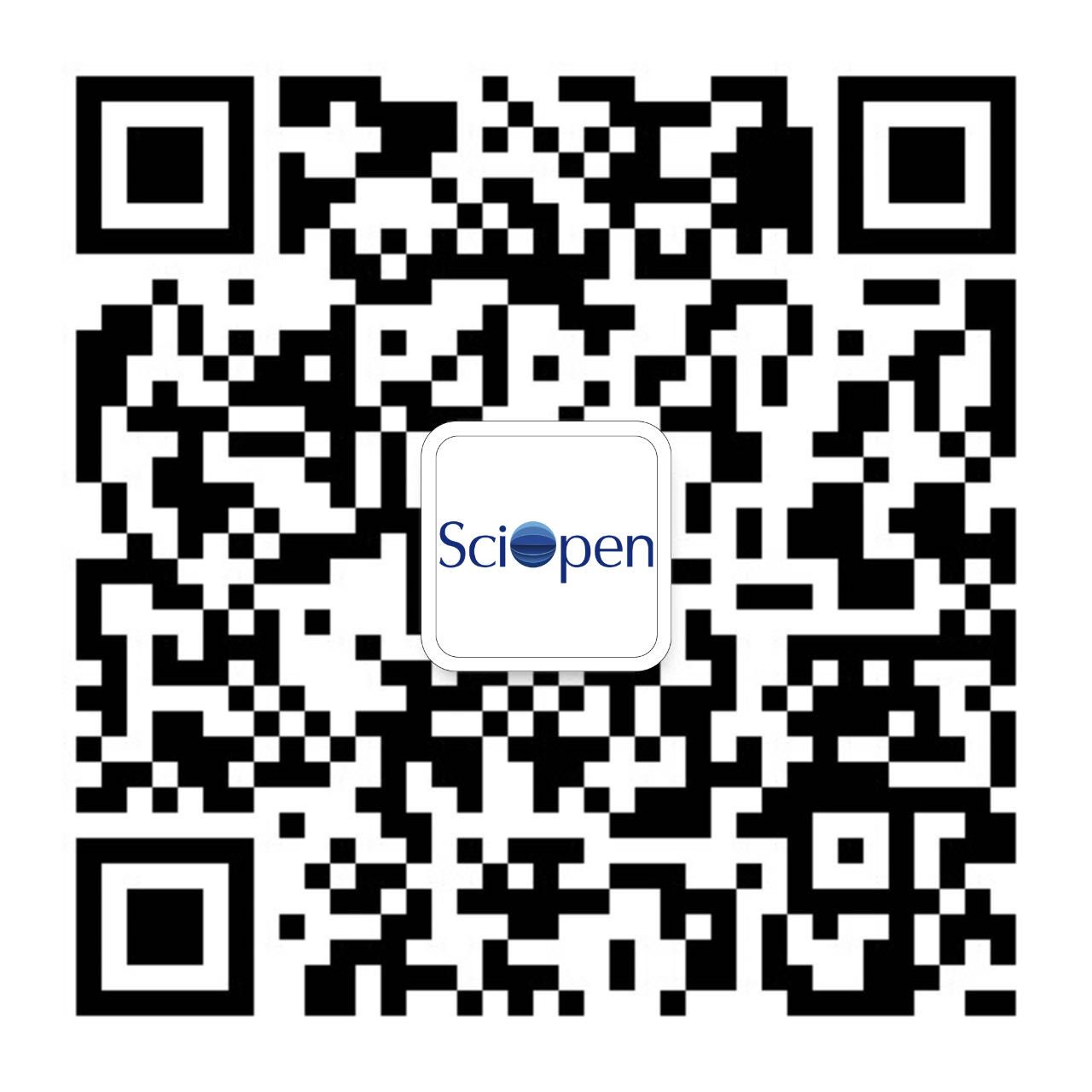Aqueous zinc-ion batteries encounter impediments on their trajectory towards commercialization, primarily due to challenges such as dendritic growth, hydrogen evolution reaction. Throughout recent decades of investigation, electrolyte modulation by using function additives is widely considered as a facile and efficient way to prolong the Zn anode lifespan. Herein, N-(2-hydroxypropyl)ethylenediamine is employed as an additive to attach onto the Zn surface with a substantial adsorption energy with (002) facet. The as-formed in-situ solid-electrolyte interphase layer effectively mitigates hydrogen evolution reaction by constructing a lean-water internal Helmholtz layer. Additionally, N-(2-hydroxypropyl)ethylenediamine establishes a coordination complex with Zn2+, thereby modulating the solvation structure and enhancing the mobility of Zn2+. As expected, the Zn-symmetrical cell with N-(2-hydroxypropyl)ethylenediamine additive demonstrated successful cycling exceeding 1500 h under 1 mA cm−2 for 0.5 mAh cm−2. Furthermore, the Zn//δ-MnO2 battery maintains a capacity of approximately 130 mAh g−1 after 800 cycles at 1 A g−1, with a Coulombic efficiency surpassing 98%. This work presents a streamlined approach for realizing aqueous zinc-ion batteries with extended service life.
Publications
Article type
Year
 Open Access
Research Article
Issue
Open Access
Research Article
Issue
Energy & Environmental Materials 2025, 8(2)
Published: 14 September 2024
Downloads:2






 京公网安备11010802044758号
京公网安备11010802044758号